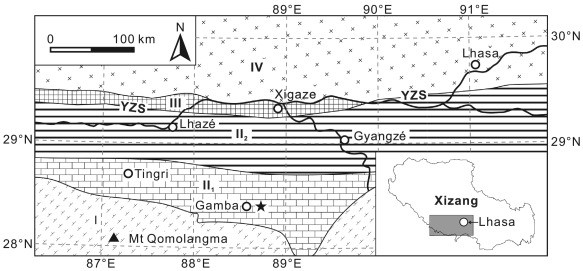
Palynofloral evolution on the northern margin of the Indian Plate, southern Xizang, China during the Cretaceous Period and its phytogeographic significance. (Palaeogeography, Palaeoclimatology, Palaeoecology. http://dx.doi.org/10.1016/j.palaeo.2017.09.014)

Response of Ostracods (Crustacea) to the Devonian F—F event: Evidence from the Yangdi and Nandong sections in Guangxi, South China. (Global and Planetary Change. https://www.sciencedirect.com/science/article/pii/S0921818118303734)
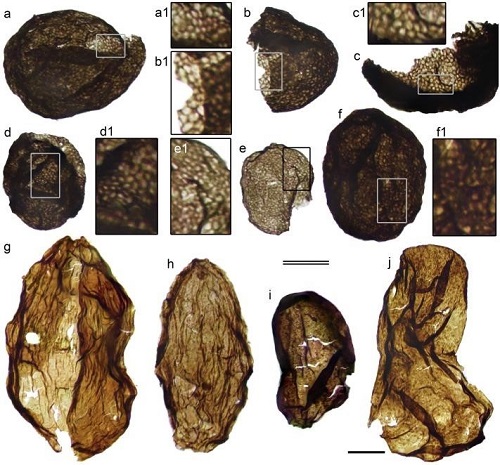
New record of organic-walled, morphologically distinct microfossils from the late Paleoproterozoic Changcheng Group in the Yanshan Range, North China. (Precambrian Research. http://dx.doi.org/10.1016/j.precamres.2018.11.019)

Acanthomorphic acritarchs from the Ediacaran Doushantuo Formation at Zhangcunping in South China, with implications for the evolution of early Ediacaran eukaryotes. (Precambrian Research. https://doi.org/10.1016/j.precamres.2018.10.012)

Repositioning the Great Unconformity at the southeastern margin of the North China Craton. (Precambrian Research. https://doi.org//10.1016/j.precamres.2019.01.014)
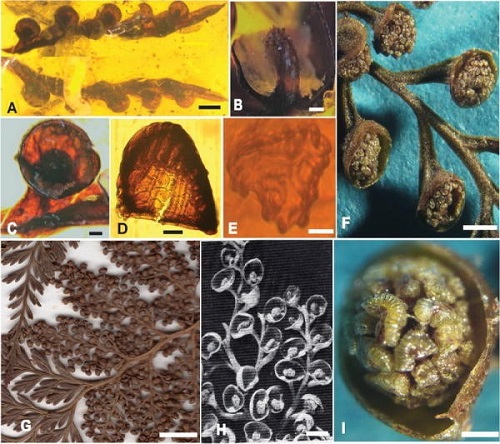
A mid-Cretaceous tree fern of Thyrsopteridaceae (Cyatheales) preserved in Myanmar amber. (Cretaceous Research. https://doi.org/10.1016/j.cretres.2019.01.002)


Age constraints on a Neogene tropical rainforest in China and its relation to the Middle Miocene Climatic Optimum. (Palaeogeography, Palaeoclimatology, Palaeoecology. https://doi.org/10.1016/j.palaeo.2019.01.019)

The molecular evolution of feathers with direct evidence from fossils. (PNAS. http://doi.org/10.1073/pnas.1815703116)
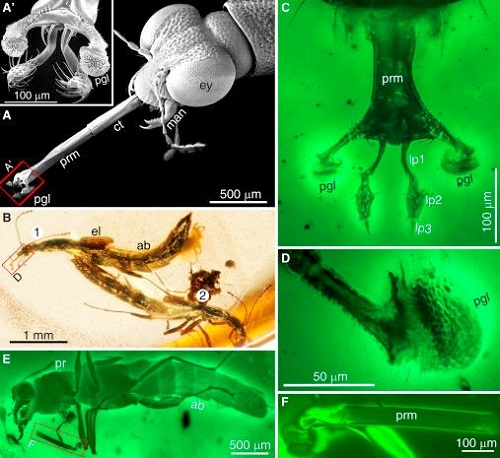
A specialized prey-capture apparatus in mid-Cretaceous rove beetles. (Current Biology. https://doi.org/10.1016/j.cub.2019.01.002)
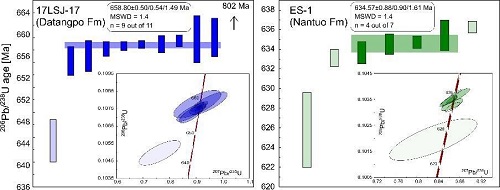
Calibrating the terminations of Cryogenian global glaciations. (Geology. https://doi.org/10.1130/G45719.1)

Dynamic variation of Middle to Late Ordovician cephalopod provincialism in the northeastern peri-Gondwana region and its implications. (Palaeogeography, Palaeoclimatology, Palaeoecology. https://doi.org/10.1016/j.palaeo.2019.02.015)

The end-Ordovician mass extinction: A single-pulse event? (Earth-Science Reviews. https://doi.org/10.1016/j.earscirev.2019.01.023)
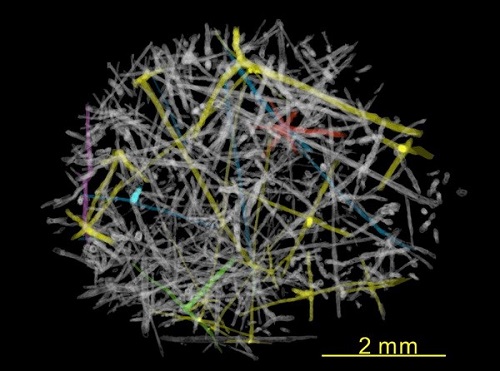
Three-dimensionally preserved stem-group hexactinellid sponge fossils from lower Cambrian (Stage 2) phosphorites of China. (PalZ. https://doi.org/10.1007/s12542-018-00441-y)

Timing of Early and Middle Permian deglaciation of the southern hemisphere: Brachiopod-based 87Sr/86Sr calibration. (Earth and Planetary Science Letters. https://doi.org/10.1016/j.epsl.2019.03.039)
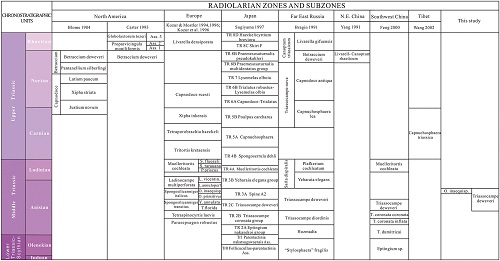
Late Anisian radiolarian assemblages from the Yarlung-Tsangpo Suture Zone in the Jinlu area, Zedong, southern Tibet: Implications for the evolution of Neotethys. (Island Arc. https://doi.org/10.1111/iar.12302)
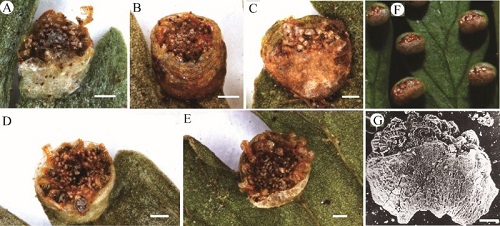
Re-evaluation of the systematic position of the Jurassic–Early Cretaceous fern genus Coniopteris. (Cretaceous Research. https://doi.org/10.1016/j.cretres.2019.04.007)
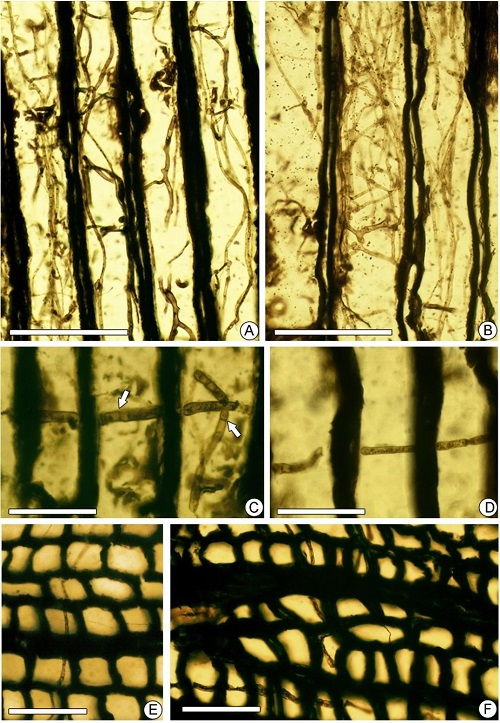
White-rotting fungus with clamp-connections in a coniferous wood from the Cretaceous of Heilongjiang Province, NE China. (Cretaceous Research, https://doi.org/10.1016/j.cretres.2018.11.011)

Possible links between extreme oxygen perturbations and the Cambrian radiation of animals. (Nature Geoscience, https://doi.org/10.1038/s41561-019-0357-z)
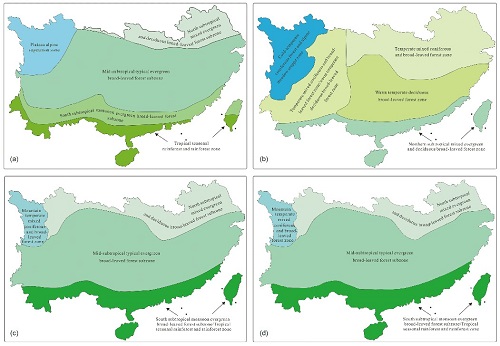
Changes of vegetation in southern China. (Science China Earth Sciences. https://doi.org/10.1007/s11430-018-9364-9)
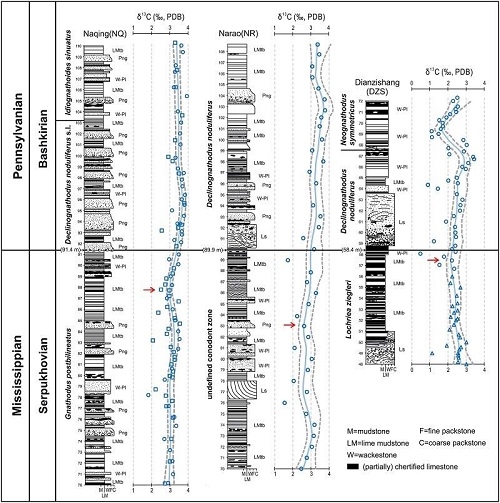
Glacio-eustasy and δ13C across the Mississippian–Pennsylvanian boundary in the eastern Paleo-Tethys Ocean (South China): Implications for mid-Carboniferous major glaciation. (Geological Journal. https://doi.org/10.1002/gj.3551)

Tree ring phototropism and implications for the rotation of the North China Block. (Scientific Reports. https://doi.org/10.1038/s41598-019-41339-2)

Morphological variation suggests that chitinozoans may be fossils of individual microorganisms rather than metazoan eggs. (Proc. R. Soc. B. https://doi.org/10.1098/rspb.2019.1270)
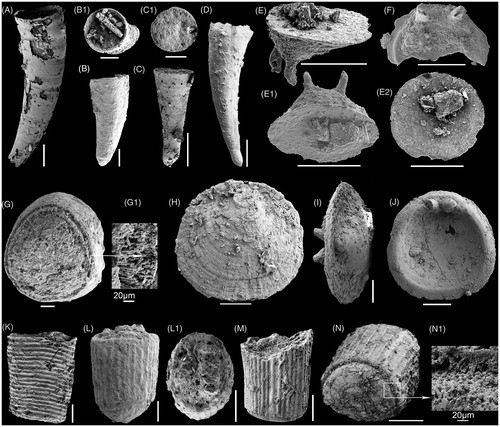
Biostratigraphical and palaeogeographical implications of Early Cambrian hyoliths from the North China Platform. (Alcheringa. https://doi.org/10.1080/03115518.2019.1577492)

Sexual dimorphism in mid-Cretaceous silvanid beetles from northern Myanmar (Coleoptera, Silvanidae, Brontinae). (Palaeoentomology. http://dx.doi.org/10.11646/palaeoentomology.2.3.14)
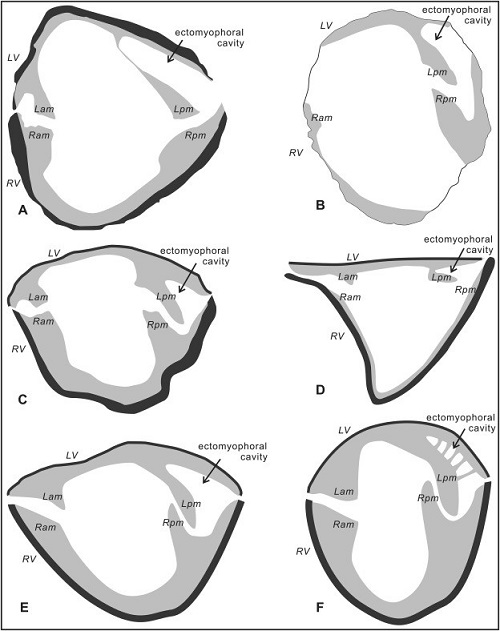
Shajia, a new genus of polyconitid rudist from the Langshan formation of the Lhasa block, Tibet, and its palaeogeographical implications. (Cretaceous Research. https://doi.org/10.1016/j.cretres.2019.05.009)

Unique Neoproterozoic carbon isotope excursions sustained by coupled evaporite dissolution and pyrite burial. (Nature Geoscience, https://doi.org/10.1038/s41561-019-0434-3)

A middle Cambrian arthropod with chelicerae and proto-book gills. (Nature. https://www.nature.com/articles/s41586-019-1525-4)

Pollen atlas for the selected subfamilies of Euphorbiaceae from southern China: a complementary contribution to Quaternary pollen analysis. (Palynology. https://doi.org/10.1080/01916122.2019.1658235)
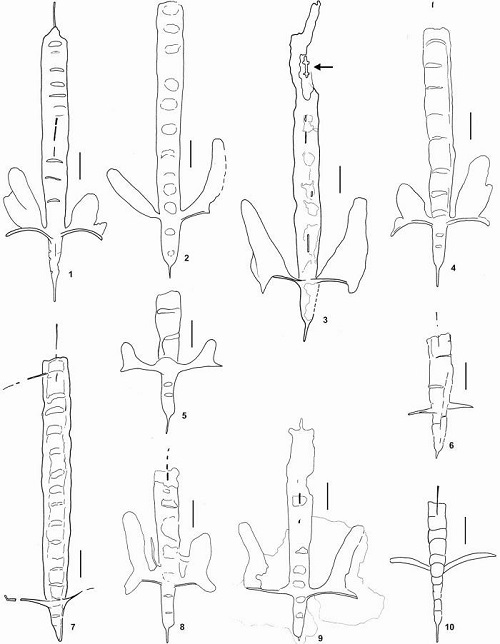
A restudy of the Sandbian to Katian (Upper Ordovician) graptolites from the East Qilianshan (Chilianshan), Northwest China. (Journal of Palaeontology. https://doi.org/10.1017/jpa.2019.55)
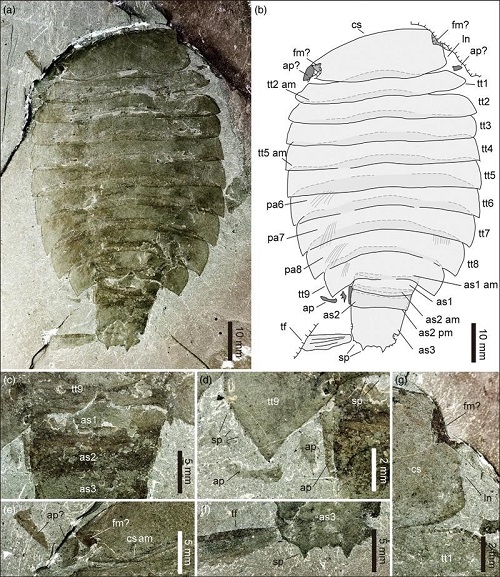
First occurrence of the Cambrian arthropod Sidneyia Walcott, 1911 outside of Laurentia. (Geological Magazine. https://doi.org/10.1017/S0016756819000864)

Surfing in and on microbial mats: Oxygen-related behavior of a terminal Ediacaran bilaterian animal. (Geology. https://doi.org/10.1130/G46474.1)
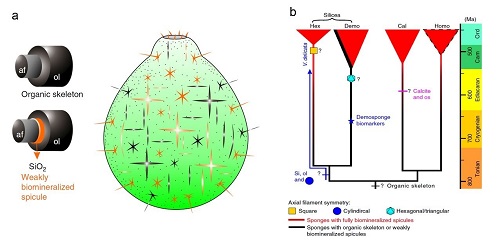
Spiculogenesis and biomineralization in early sponge animals. (Nature Communications. https://doi.org/10.1038/s41467-019-11297-4)
)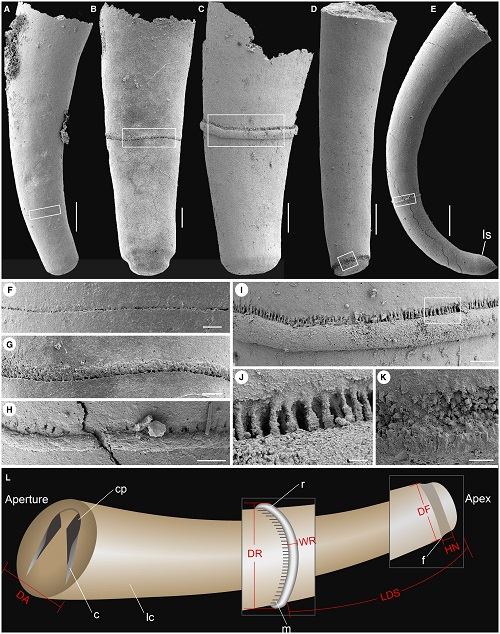
Periodic shell decollation as an ecology-driven strategy in the early Cambrian Cupitheca. (Palaeontology. https://doi.org/10.1111/pala.12463)
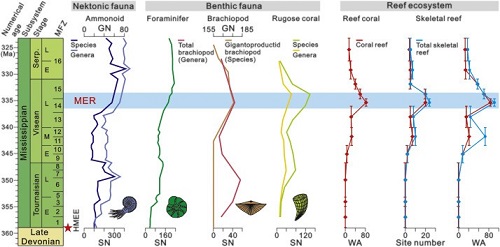
The longest delay: Re-emergence of coral reef ecosystems after the Late Devonian extinctions. (Earth-Science Reviews. https://doi.org/10.1016/j.earscirev.2019.103060)
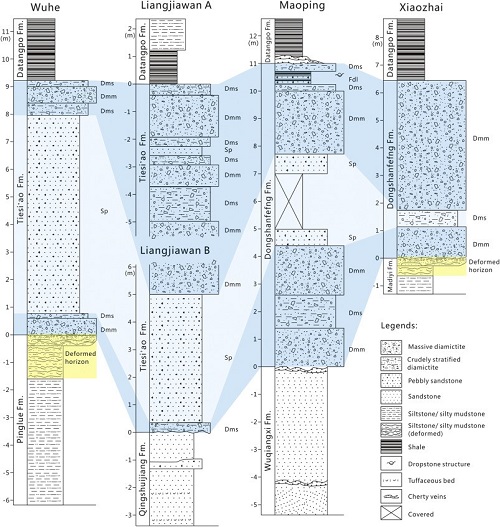
Lithofacies and glacio-tectonic deformation structures of the Tiesi'ao/Dongshanfeng Formation on the Yangtze Block, South China: Implications for Sturtian Glaciation dynamics. (Palaeogeography, Palaeoclimatology, Palaeoecology. https://doi.org/10.1016/j.palaeo.2019.109481)

An extremely brief end Ordovician mass extinction linked to abrupt onset of glaciation. (Solid Earth Sciences. https://doi.org/10.1016/j.sesci.2019.11.001)
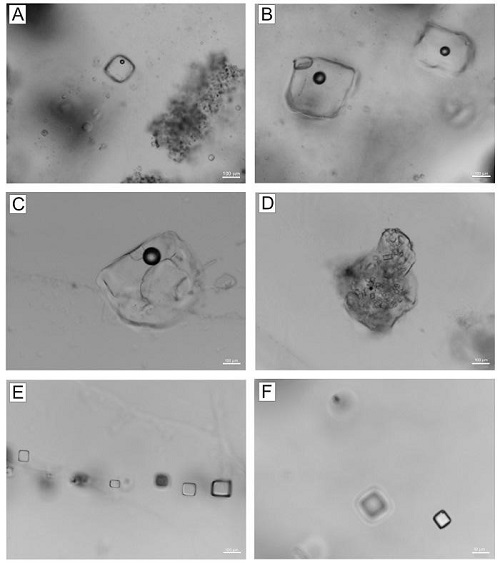
Calculation of salt basin depth using fluid inclusions in ha lite from the Ordovician Ordos Basin in China. (Geological Quarterly. http://dx.doi.org/10.7306/gq.1490)
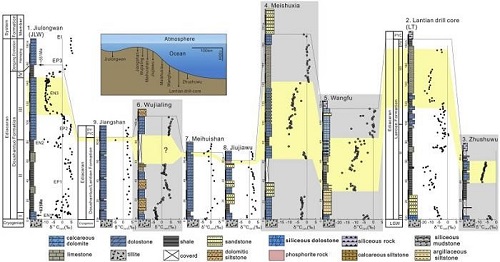
Spatial and temporal evolution of Ediacaran carbon and sulfur cycles in the Lower Yangtze Block, South China. (Palaeogeography, Palaeoclimatology, Palaeoecology. https://doi.org/10.1016/j.palaeo.2019.109417)
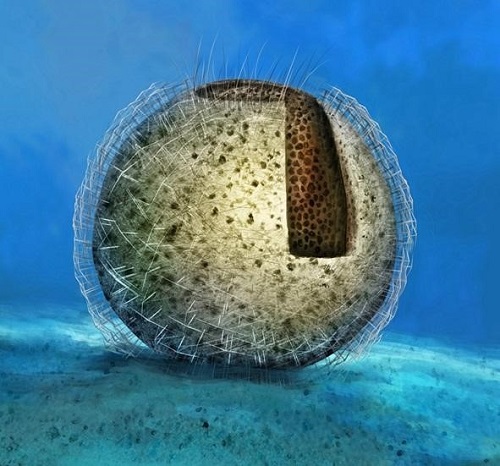
Oldest known fossil of Rossellids (Hexactinellida, Porifera) from the Ordovician–Silurian transition of Anhui, South China. (Palaontologische Zeitschrift. https://doi.org/10.1007/s12542-019-00452-3)

Filling a gap in the evolution of charophytes during the Turonian to Santonian: Implications for modern physiognomy. (Review of Palaeobotany and Palynology, https://doi.org/10.1016/j.revpalbo.2019.104154)

Fossil evidence reveals how plants responded to cooling during the Cretaceous-Paleogene transition. (BMC Plant Biology. https://doi.org/10.1186/s12870-019-1980-y)

First documentation of Llandovery (Silurian) conodont genus Astropentagnathus in China (Langao, Shaanxi Province) and the age of Baiyaya Formation. (Palaeoworld. https://doi.org/10.1016/j.palwor.2019.11.002)
Download:
